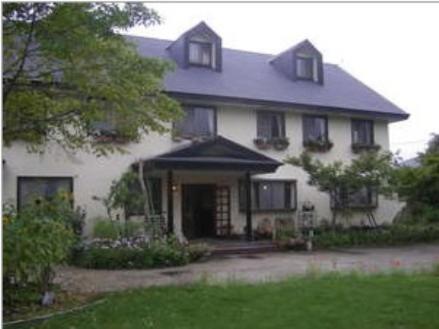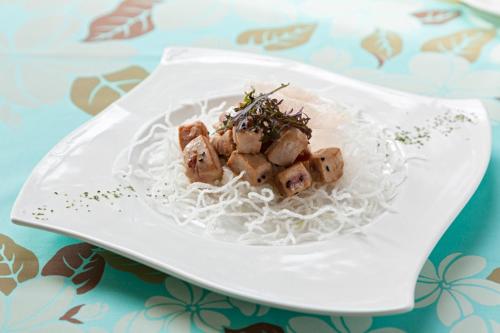Arafuna Fukeana
menuMenu
A precious historical site that supported the Meiji-era silkworm raising and silk reeling industry! Experience the grandeur of a "fukeana," a type of naturally ventilated cave, also registered as a World Heritage site!




Highlights
- A precious historical site registered as a World Heritage site
- A "fukeana" (naturally ventilated cave) that supported the Meiji-era silkworm raising and silk reeling industry
- Once the largest of its kind in Japan
- Experience the grandeur of the "fukeana"
- Historical structures that evoke the past
Basic Information
- Address
- Uibe, Fukiware-daki, Tonemachi, Numata City, Gunma Prefecture Search for tourist attractions in Gunma
- Access
- Approximately 30 minutes by taxi from Shimonita Station on the Joshin Electric Railway. If driving, it's about 30km from the Shimonita Interchange on the Joshin-etsu Expressway. Show route
- INFO
- Since Arafuna Wind Cave is located in the mountains, please be aware of the following: dress appropriately for the mountain climate; cellular phone reception is virtually nonexistent; and be mindful of potential encounters with bears, snakes, and other wildlife along the trail.
Overview
Recommended nearby attractions
Tomioka Silk Mill

A World Heritage site showcasing Japan's Meiji-era modern silk-reeling technology!
Takayama Sha Ato (Takayama Sha Site)

Takayama Sha Ato, a former school for learning Meiji-era silkworm-raising techniques, designated as an Important Cultural Property of Japan. A precious place to experience history and culture.
Kamono Haniwa no Sato Park

Discover Hodota Kofun Group, a historical park in Takasaki City, Gunma Prefecture, designated as a national historical site.
Nagatoro Gorge

Magnificent valley scenery created by the Arakawa River over many years!
The landscape of rock formations and unique rocks is truly breathtaking.
Fuji-do Cave

A limestone cave boasting the largest scale in Kanto, approximately 2.2km in length. Experience its mystical cave beauty.
Wado Ruins

The Wado Ruins are where the copper used to create "Wadōkaichin," Japan's first currency, was mined. You can explore the remains of the open-pit mine and see a giant monument replicating a Wadōkaichin coin.
Agatsuma Gorge

Experience the majestic scenery of this gorge, sometimes called the "Yamakei of Kanto"! Its diverse topography offers breathtaking views throughout the year, from vibrant greenery to stunning autumn colors.
Akagawa Village (Rokugo Akagawa Important Preservation District for Groups of Traditional Buildings, Nakanojo-machi)

A historic mountain village, selected as Gunma Prefecture's first Important Preservation District for Groups of Traditional Buildings.
Chino City Togariishi Jomon Archaeological Museum

An archaeological museum showcasing the national treasures, the dogū (clay figurines) "Venus of Jomon" and "Goddess with a Mask".
Mizusawa Kannon

Mizusawa Kannon, a historic temple dating back to the Kamakura period, features a majestic five-storied pagoda as its symbol. Spend a peaceful moment while experiencing approximately 800 years of history.
Nearby Hotels
Karuizawa Asama Prince Hotel

Le Grand Karuizawa Hotel & Resort

Pension Niimi

Amerry House Karuizawa

Eau Sol Vert Karuizawa Club

Hotel Indigo Karuizawa

Comfort Inn Karuizawa

Comfort Inn Karuizawa

ペンションカパルア軽井沢

Sundance Resort Karuizawa

